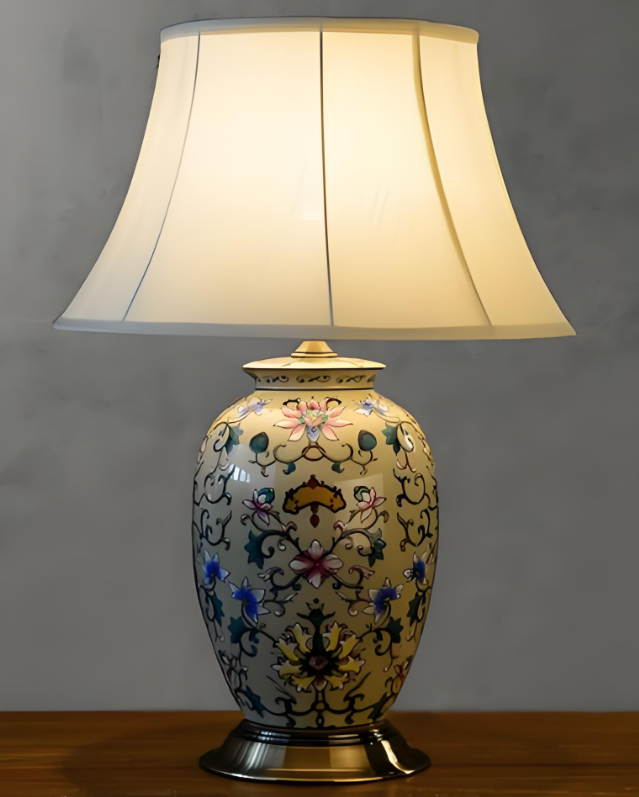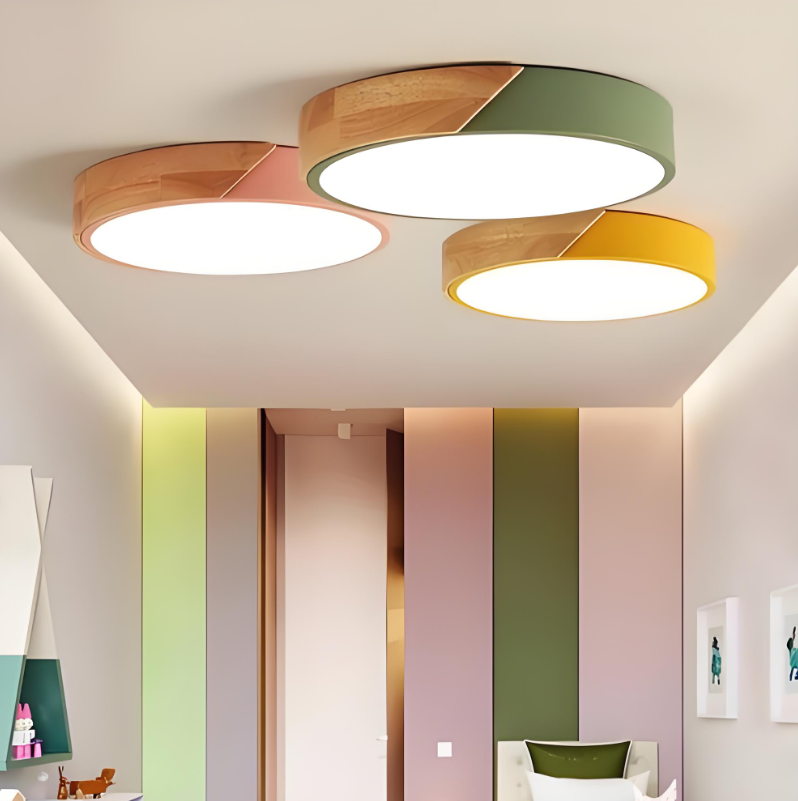Industrial kitchen design is a style that has gained popularity in recent years. It is characterized by its raw and unfinished look, with exposed brick walls, concrete floors, and metal accents. This design style is often used in commercial kitchens, but it has also made its way into residential kitchens as well.
One of the key elements of industrial kitchen design is lighting. Lighting plays a crucial role in creating the right ambiance and mood in an industrial kitchen. It not only enhances visibility and safety but also highlights the design elements of the space.
The Role of Lighting in Industrial Kitchen Design
Enhancing visibility and safety is one of the primary roles of lighting in an industrial kitchen. Proper lighting ensures that chefs and kitchen staff can see clearly while preparing food, reducing the risk of accidents and injuries. It also helps to improve visibility in areas such as walkways and storage areas, making it easier to navigate the space.
In addition to enhancing visibility, lighting also plays a significant role in creating ambiance and mood in an industrial kitchen. The right lighting can set the tone for the space, whether it be a warm and inviting atmosphere or a bright and energetic environment. By using different types of lighting fixtures and adjusting their intensity, you can create the desired ambiance for your industrial kitchen.
Another important role of lighting in industrial kitchen design is highlighting design elements. Industrial kitchens often have unique architectural features such as exposed beams or brick walls that can be accentuated with the right lighting. By strategically placing lights, you can draw attention to these design elements and create a visually appealing space.
Factors to Consider When Choosing Industrial Kitchen Lights
When choosing industrial kitchen lights docodesign, there are several factors to consider. The type of kitchen you have, the size of the space, the type of food preparation that takes place, and your budget all play a role in determining the best lighting options for your industrial kitchen.
The type of kitchen you have will influence the type of lighting fixtures you choose. For example, if you have an open kitchen layout, pendant lights or track lights may be a good option as they can provide both task and ambient lighting. On the other hand, if you have a small kitchen with limited counter space, under-cabinet lights may be more suitable as they can provide focused task lighting.
The size of your kitchen is another important factor to consider when choosing industrial kitchen lights. Larger kitchens may require more lighting fixtures to ensure adequate illumination, while smaller kitchens may only need a few well-placed lights. It’s important to strike a balance between providing enough light for visibility and avoiding over-lighting the space.
The type of food preparation that takes place in your industrial kitchen will also influence your lighting choices. For example, if you do a lot of chopping and slicing, you may need brighter task lighting to ensure accuracy and safety. On the other hand, if you do more baking or pastry work, you may want softer, warmer lighting to create a cozy atmosphere.
Finally, your budget will play a role in determining the lighting options for your industrial kitchen. There are a wide range of lighting fixtures available at different price points, so it’s important to set a budget and stick to it. It’s also worth considering the long-term costs of operating and maintaining the lights, as some types of lights may be more energy-efficient and require less maintenance than others.
Types of Industrial Kitchen Lights
There are several types of industrial kitchen lights that are commonly used in industrial kitchen design. Each type has its own unique features and benefits, so it’s important to choose the right one for your specific needs.
Pendant lights are a popular choice for industrial kitchens as they provide both task and ambient lighting. They hang from the ceiling and can be used to illuminate specific areas such as countertops or dining tables. Pendant lights come in a variety of styles and sizes, allowing you to find the perfect fit for your industrial kitchen.
Track lights are another popular option for industrial kitchens. They consist of a track that is mounted to the ceiling and multiple light fixtures that can be adjusted along the track. This allows you to direct the light where it’s needed most, making track lights a versatile choice for industrial kitchens.
Under-cabinet lights are a great option for providing focused task lighting in industrial kitchens. They are installed underneath cabinets or shelves and can be used to illuminate countertops or workspaces. Under-cabinet lights come in a variety of styles, including LED strips and puck lights, allowing you to choose the best option for your industrial kitchen.
Recessed lights, also known as can lights or downlights, are another popular choice for industrial kitchens. They are installed into the ceiling and provide a clean and streamlined look. Recessed lights can be used to provide general illumination or to highlight specific areas or design elements in the kitchen.
Benefits of LED Lighting in Industrial Kitchens
LED lighting has become increasingly popular in recent years, and for good reason. There are several benefits to using LED lights in industrial kitchens.
One of the main benefits of LED lighting is its energy efficiency. LED lights use significantly less energy than traditional incandescent or fluorescent lights, which can help to reduce energy costs in an industrial kitchen. This is especially important in commercial kitchens where lighting is often on for long periods of time.
In addition to being energy-efficient, LED lights also have a long lifespan. LED bulbs can last up to 25 times longer than traditional incandescent bulbs, which means less frequent bulb replacements and lower maintenance costs. This is particularly beneficial in industrial kitchens where changing bulbs can be time-consuming and disruptive.
LED lights also require very little maintenance compared to other types of lighting. They are durable and resistant to shock and vibration, making them ideal for use in busy commercial kitchens. LED lights also do not emit heat, which can help to keep the kitchen cooler and more comfortable for chefs and kitchen staff.
Another advantage of LED lighting is its versatility. LED lights come in a wide range of colors and color temperatures, allowing you to create the desired ambiance in your industrial kitchen. They can also be dimmed or controlled using smart technology, giving you complete control over the lighting in your space.
How to Create a Well-Lit Industrial Kitchen

Creating a well-lit industrial kitchen involves careful planning and consideration of several factors. Here are some tips to help you create the perfect lighting scheme for your industrial kitchen.
One of the key principles of lighting design is layering lighting. This involves using a combination of different types of lights to create depth and dimension in the space. In an industrial kitchen, you may want to use a combination of ambient, task, and accent lighting to achieve the desired effect. For example, you could use pendant lights or track lights for ambient lighting, under-cabinet lights for task lighting, and recessed lights to highlight specific areas or design elements.
Choosing the right color temperature is also important when creating a well-lit industrial kitchen. Color temperature refers to the warmth or coolness of the light emitted by a bulb. In an industrial kitchen, you may want to use cooler color temperatures (around 4000K) for task lighting to enhance visibility and accuracy. For ambient lighting, you may want to use warmer color temperatures (around 2700K) to create a cozy and inviting atmosphere.
Placing lights strategically is another important aspect of creating a well-lit industrial kitchen. You should consider the layout of your kitchen and the areas that require the most light. For example, you may want to place pendant lights or track lights above countertops or workspaces where food preparation takes place. You should also consider the placement of switches and dimmers to ensure easy access and control of the lights.
Using dimmers is another effective way to create a well-lit industrial kitchen. Dimmers allow you to adjust the intensity of the lights, giving you control over the ambiance and mood of the space. They also help to reduce energy consumption and extend the lifespan of the bulbs. Dimmers can be particularly useful in industrial kitchens where lighting needs may vary throughout the day or during different tasks.
The Impact of Lighting on Kitchen Safety
Proper lighting in an industrial kitchen is essential for ensuring safety and preventing accidents and injuries. Here are some ways in which lighting can have a positive impact on kitchen safety.
One of the main ways in which lighting improves kitchen safety is by reducing accidents and injuries. Adequate lighting ensures that chefs and kitchen staff can see clearly while preparing food, reducing the risk of cuts, burns, and other accidents. It also helps to prevent slips, trips, and falls by providing better visibility in areas such as walkways and storage areas.
Improving visibility is another important aspect of kitchen safety. Good lighting allows chefs and kitchen staff to see potential hazards or spills on the floor, reducing the risk of accidents. It also helps to improve visibility in areas such as storage shelves or refrigerators, making it easier to find ingredients or equipment.
Lighting also plays a role in enhancing food safety in an industrial kitchen. Proper lighting ensures that chefs can see the color, texture, and quality of ingredients, helping to identify any signs of spoilage or contamination. It also helps to prevent cross-contamination by providing better visibility during food preparation and cleaning.
The Importance of Energy Efficiency in Industrial Kitchen Lighting
Energy efficiency is an important consideration when choosing lighting for an industrial kitchen. Here are some reasons why energy efficiency is important in industrial kitchen lighting.
One of the main benefits of energy-efficient lighting is reduced energy costs. Industrial kitchens often have high energy consumption due to the large number of appliances and equipment used. By choosing energy-efficient lighting, you can significantly reduce your energy consumption and lower your energy bills.
Reducing your carbon footprint is another important reason to choose energy-efficient lighting in an industrial kitchen. Traditional incandescent and fluorescent lights consume a significant amount of energy and contribute to greenhouse gas emissions. By switching to energy-efficient LED lights, you can reduce your carbon footprint and contribute to a more sustainable future.
Many businesses have sustainability goals that they strive to meet. Choosing energy-efficient lighting is one way to achieve these goals. Energy-efficient lights not only reduce energy consumption but also have a longer lifespan, reducing the need for frequent replacements and reducing waste.
Common Mistakes to Avoid When Lighting an Industrial Kitchen
When it comes to lighting an industrial kitchen, there are some common mistakes that should be avoided. Here are a few of them:
One common mistake is overlooking task lighting. Task lighting is essential in an industrial kitchen as it provides focused illumination for specific tasks such as chopping or cooking. It’s important to ensure that there is adequate task lighting in areas where food preparation takes place to ensure accuracy and safety.
Ignoring color temperature is another mistake that should be avoided. Color temperature plays a significant role in creating the right ambiance and mood in an industrial kitchen. Using the wrong color temperature can make the space feel cold or sterile, so it’s important to choose the right color temperature for each area of the kitchen.
Using too many lights is another common mistake in industrial kitchen lighting. While it’s important to provide adequate illumination, using too many lights can create a harsh and overwhelming environment. It’s important to strike a balance between providing enough light for visibility and creating a comfortable and inviting atmosphere.
Not considering maintenance is another mistake that should be avoided. Some types of lights require more maintenance than others, so it’s important to choose lights that are easy to clean and maintain. LED lights are a good option as they have a long lifespan and require very little maintenance.
The Importance of Choosing the Right Industrial Kitchen Light
In conclusion, lighting plays a crucial role in industrial kitchen design. It enhances visibility and safety, creates ambiance and mood, and highlights design elements. When choosing industrial kitchen lights, it’s important to consider factors such as the type and size of the kitchen, the type of food preparation, and your budget.
LED lighting is a popular choice for industrial kitchens due to its energy efficiency, long lifespan, low maintenance, and versatility. Creating a well-lit industrial kitchen involves layering lighting, choosing the right color temperature, placing lights strategically, and using dimmers.
Proper lighting in an industrial kitchen is essential for improving safety, enhancing visibility, and ensuring food safety. Energy efficiency is also important in industrial kitchen lighting as it helps to reduce energy costs, reduce carbon footprint, and meet sustainability goals.
When lighting an industrial kitchen, it’s important to avoid common mistakes such as overlooking task lighting, ignoring color temperature, using too many lights, and not considering maintenance. By choosing the right industrial kitchen light for your needs, you can create a well-lit space that is both functional and visually appealing.




